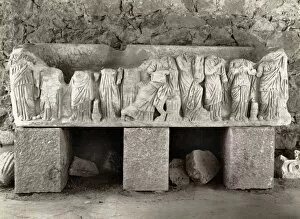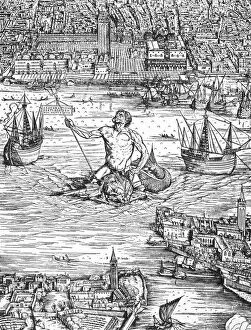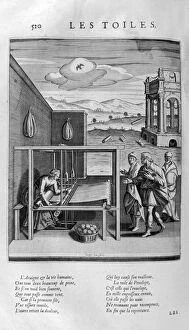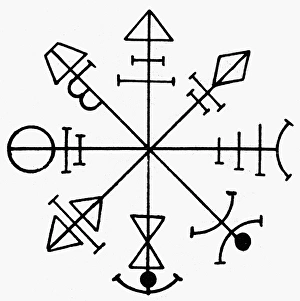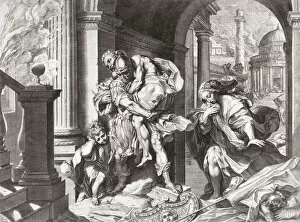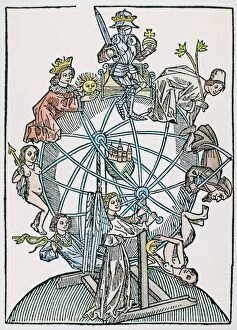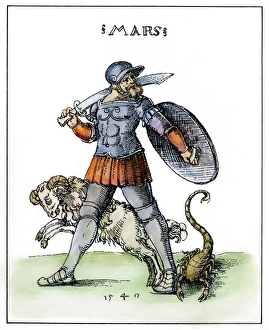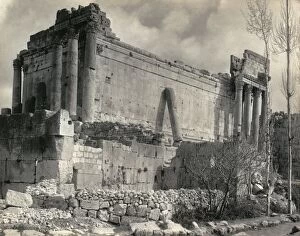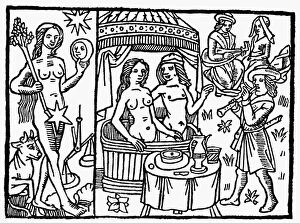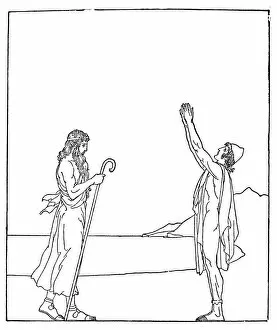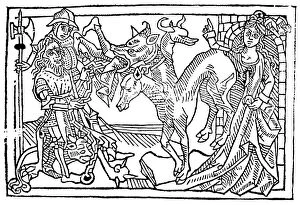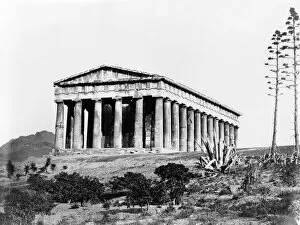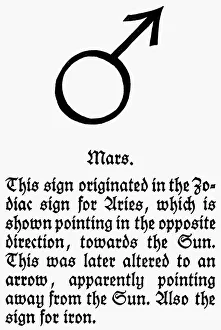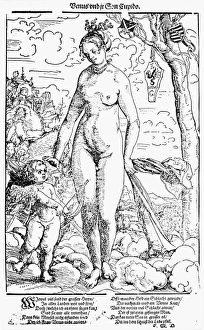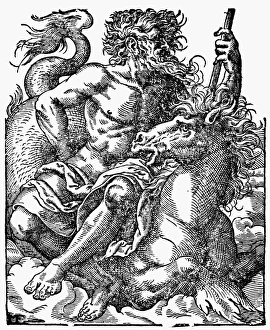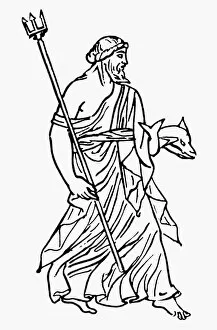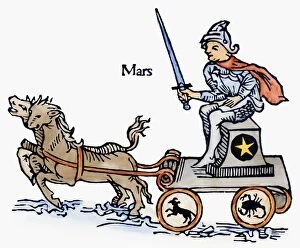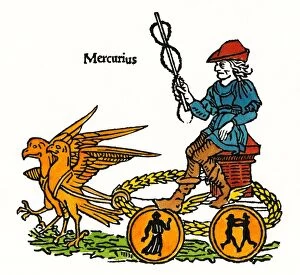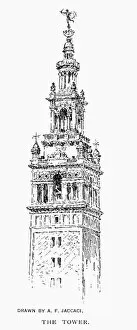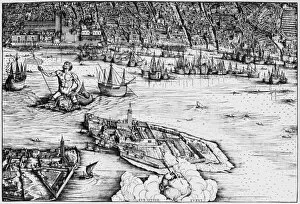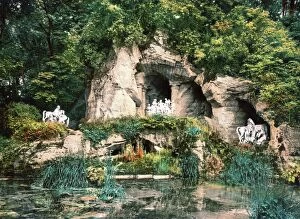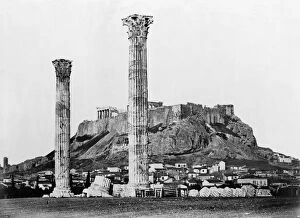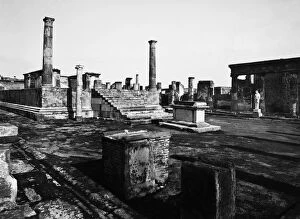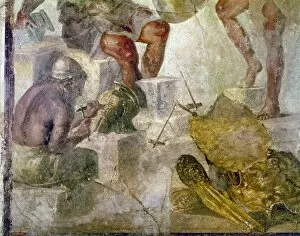Greco Roman Mythology Collection
Greco-Roman mythology, a rich tapestry of gods, goddesses, and epic tales that have captivated the imagination for centuries
All Professionally Made to Order for Quick Shipping
Greco-Roman mythology, a rich tapestry of gods, goddesses, and epic tales that have captivated the imagination for centuries. From the Roman sarcophagus at the Temple of Minerva in Tebessa, Algeria to the majestic Temple of Jupiter in Baalbek, Lebanon, these ancient structures stand as testaments to the enduring power of myth. In Venice, Italy, Poseidon rides triumphantly on a dolphin into its bustling harbor. The image immortalizes his role as the god of the sea and symbolizes Venice's deep connection to maritime trade and exploration. Les Toiles de Minerva and Dodone engravings transport us further into this mythical realm. They depict scenes from ancient stories filled with heroes like Aeneas carrying his father Anchises on his back while Troy burns behind them. These prints based on paintings by Federico Barocci evoke both tragedy and resilience. The Pentacle of Venus emerges as a magical talisman used to control the spirit of love and beauty. Its intricate design holds secrets that connect mortals with divine forces. The California State Seal proudly displays Greco-Roman influences with its depiction of an astrological representation known as the Wheel of Fortune. This emblem reminds us that fate can be fickle but also offers opportunities for growth and change. Juno, accompanied by her elegant peacocks in an English etching from 1810, showcases her regal presence within mythology. As queen among goddesses, she embodies power and wisdom. From North Africa to Europe and beyond, Greco-Roman mythology continues to inspire awe through magnificent temples like those found in Tebessa or Baalbek. These architectural marvels serve as reminders that myths are not mere legends but living legacies woven into our collective human experience.

